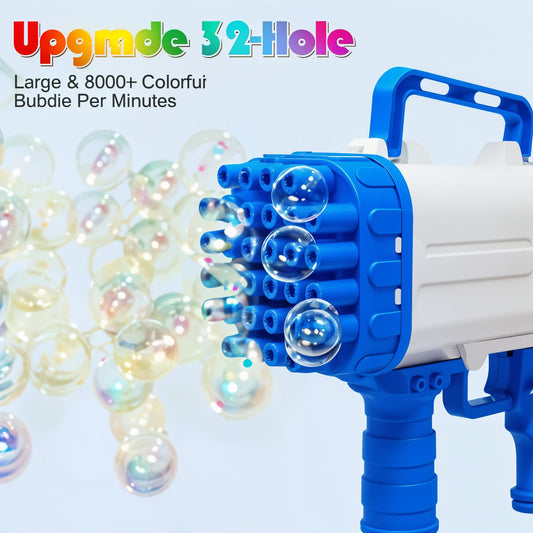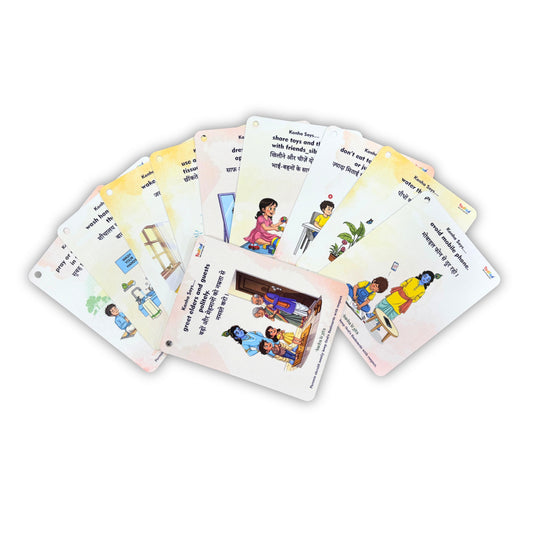Best Educational and Fun Toys for Kids
Shop interactive and educational toys online in India. Our collection features activity toys, sensory play sets, building blocks, and creative DIY kits designed to support cognitive development, motor skills, and imaginative play for toddlers, preschoolers, and school-age children. Each toy is crafted to provide a safe, engaging, and hands-on learning experience, making playtime both fun and educational.
Learning & Educational Toys Online for Kids
Activity and educational toys play a key role in developing creativity, problem-solving skills, and hand-eye coordination in children. Archati’s collection includes STEM-based learning kits, brain development games, and sensory play toys that make education engaging through fun, hands-on experiences. Each toy is made from non-toxic, eco-friendly materials and adheres to international safety standards, ensuring a safe and trusted choice for parents.
Benefits of Educational and Interactive Toys for Kids
Educational and interactive toys play a vital role in a child’s growth by combining fun with learning. These toys help boost creativity and imagination, strengthen problem-solving abilities, and improve motor skills and coordination through engaging hands-on play. Many also introduce early STEM concepts, making science, technology, engineering, and math easier to understand in a playful way. Along with supporting cognitive development, interactive toys encourage social skills such as teamwork, sharing, and communication. Made from safe, non-toxic, and eco-friendly materials, they provide a reliable choice for parents who want both entertainment and educational value in their child’s playtime.
Enhances Motor Skills
Activity Toys such as stacking blocks, threading beads, and building sets help children improve hand-eye coordination, finger dexterity, and fine motor skills. These toys encourage precise movements, strengthen grip control, and support early pre-writing and problem-solving abilities. By engaging in these hands-on activities, children develop better control over small and large muscle movements, laying a strong foundation for daily tasks, creative play, and overall physical development.
Boosts Cognitive Skills
Activity Toys such as puzzles, shape sorters, and pattern recognition games enhance critical thinking, problem-solving, and spatial awareness in children. By figuring out how pieces fit together or recognizing sequences, children strengthen their memory, logical reasoning, and early STEM skills. These activities also promote attention to detail and patience, helping kids develop strategies, make decisions, and build confidence while engaging in fun, educational play.
Encourages Creativity
Activity Toys such as DIY craft kits, drawing sets, and interactive educational games stimulate imagination and artistic expression in children. By experimenting with colours, shapes, and creative projects, kids enhance problem-solving skills, innovative thinking, and self-expression. These activities also promote confidence, storytelling abilities, and independent learning, making playtime both enjoyable and developmentally enriching.
Supports Social Interaction
Activity Toys designed for group play and cooperative learning help children develop essential communication, teamwork, and patience skills. Playing together with peers encourages sharing, turn-taking, and collaborative problem-solving.
Promotes STEM (Science, Technology, Engineering, and Mathematics) Learning
Activity Toys such as building blocks, science kits, and engineering sets introduce children to early STEM concepts in engaging and hands-on ways. These toys foster problem-solving, critical thinking, and analytical skills, helping kids explore science, technology, engineering, and math through interactive play that makes learning enjoyable and meaningful.
Activity And Learning Toys for Toddlers, Preschoolers, and Kids
Todfod offers a wide range of activity toys suitable for children of different age groups, from toddlers to school-age kids. Each toy is designed to support age-appropriate learning and skill development, helping children grow in areas such as creativity, problem-solving, hand-eye coordination, fine motor skills, and early cognitive abilities. The collection includes building blocks, puzzles, STEM kits, sensory toys, and DIY craft sets, providing multiple ways for children to engage, explore, and play actively. Made from non-toxic, durable, and eco-friendly materials, these toys ensure safety while encouraging independent play and curiosity. By combining fun and learning, Todfod’s activity toys help children gain confidence, develop critical thinking, and enjoy meaningful play experiences across different stages of growth.
Learning and Activity Toys for Toddlers (1–3 Years)
Toddler activity toys focus on sensory exploration and basic skill development. Large, safe pieces prevent choking hazards while encouraging manipulation and discovery. Bright colours, interesting textures, and simple cause-and-effect relationships captivate toddler attention spans.
Stacking toys, shape sorters, and simple puzzles develop hand-eye coordination. Musical activity toys introduce rhythm and sound recognition. These foundational toys prepare toddlers for more complex learning activities as they grow.
Preschool Educational and Activity Toys for Kids (3–5 Years)
Preschool children benefit from activity toys that challenge growing abilities while building school readiness skills. Complex puzzles, advanced building sets, and multi-step activities support cognitive development. Letter recognition toys and number games prepare children for formal education.
Creative activity toys encourage artistic expression and imagination development. Role-playing toys build social skills and emotional intelligence. These educational tools support holistic development across multiple domains.
Buy Top Categories of Educational and Learning Toys for Kids
Archati features a wide selection of educational activity toys designed to support children’s growth and learning across various age groups. Our top categories include:
Shop Online Interactive Learning Books and Sound Toys for Toddlers
Sound-based activity toys revolutionize traditional reading experiences of Toddlers (0-3 Years Kids). Interactive books featuring phonetic learning systems help children develop language skills through auditory reinforcement. These educational toys combine visual, auditory, and tactile elements, creating comprehensive learning environments that accelerate literacy development.
Phonetic Learning Toys introduce letter sounds and word recognition through engaging activities. Sound recognition toys build auditory processing skills while maintaining child interest through interactive features. Parents value these educational tools because they support independent learning while providing structured guidance of 0-3 Years Kids.
Shop Writing Practice and Tracing Activity and Learning Toys for Kids (3–5 Years)
Handwriting development requires consistent practice and proper guidance. Reusable writing practice books offer endless opportunities without waste or additional costs. Erasable activity books allow children to practice letters, numbers, and shapes repeatedly until mastery occurs.
Fine motor skill development happens naturally through tracing activities. Writing practice toys prepare children for academic success by strengthening hand muscles and improving coordination. These educational tools make handwriting practice enjoyable rather than tedious, encouraging regular use and skill progression.
Buy Online STEM Educational Toys and Problem-Solving Games for Kids (5+ Years)
STEM toys introduce scientific concepts through hands-on experimentation. Activity Toys that focus on building, sorting, and pattern recognition develop logical thinking skills. Problem-solving toys challenge children appropriately while building confidence through achievable goals.
Mathematical concepts become accessible through manipulative toys and counting activities. Number recognition toys make abstract concepts concrete through visual and tactile experiences. These educational tools lay groundwork for future academic success in mathematics and science subjects.

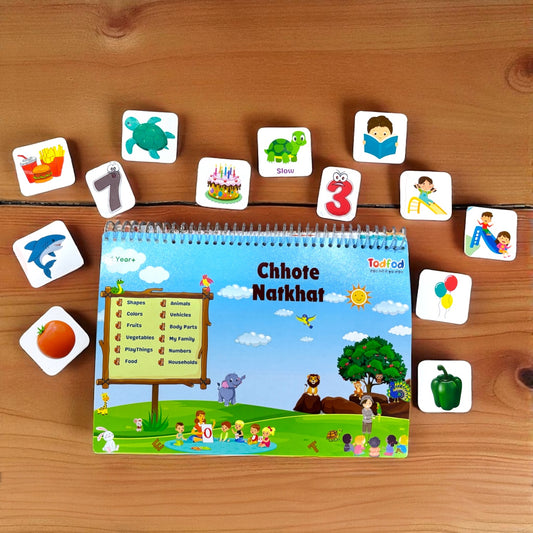
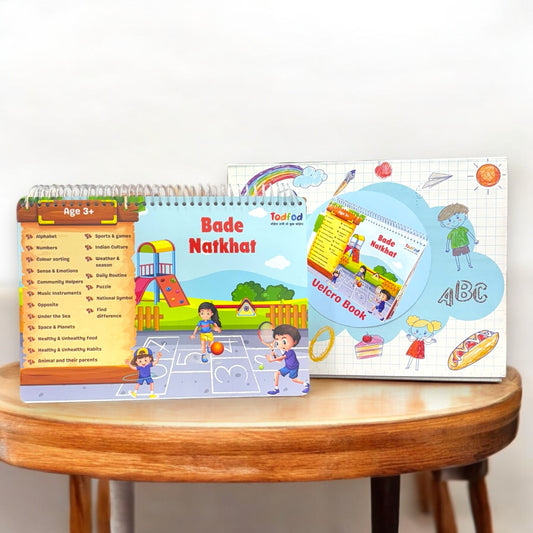

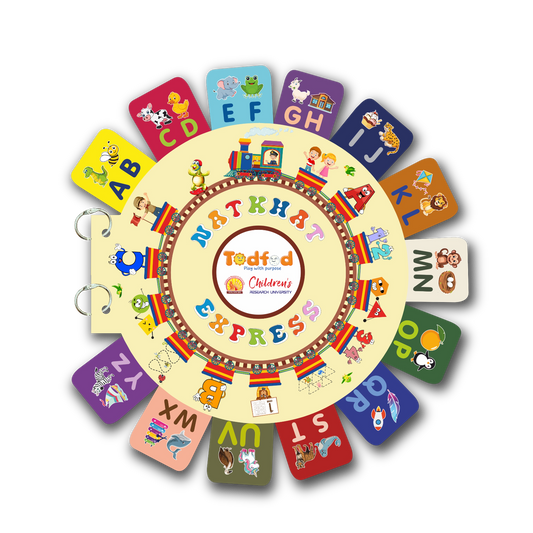
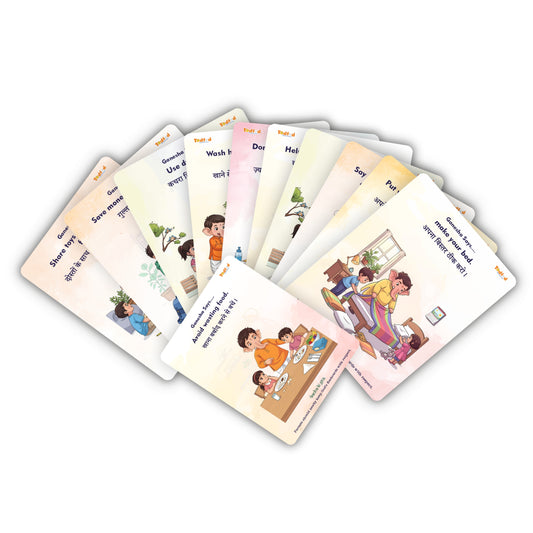
![Todfod Rewritable English Alphabet Writing Practice Book with Erasable Pen Preschool Handwriting Practice Activity Tracing Learning Busy Book for Kids [Stationery]](http://archati.com/cdn/shop/files/9_1__80473.1753078549.1280.1280.jpg?v=1753364293&width=533)






